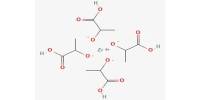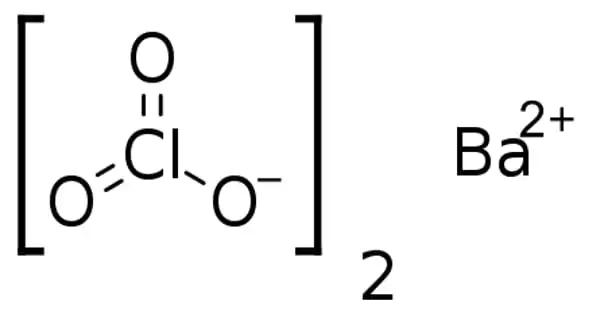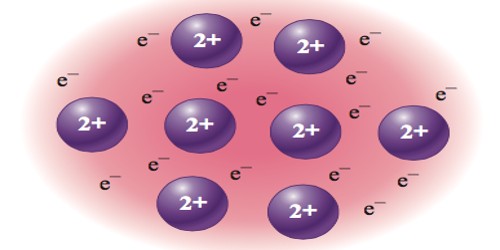Hydroiodic acid (or hydriodic acid) is a colorless gas, which reddens litmus strongly, and produces dense white fumes in moist air. The chemical formula of hydroiodic acid (aq. hydrogen iodide) is HI. Its molar mass is 127.91 g/mol. Hydrogen iodide is the gaseous form, while hydroiodic acid is the aqueous solution of HI.
Hydroiodic acid is a strong acid made by dissolving hydrogen iodide in water. However, both differ in the physical state one is gas and the other is an aqueous solution. It is one of the strongest of all common halide acids due to the high stability of its corresponding conjugate base.
Hydroiodic acid readily reacts with oxygen in the air, contributing to the deep colors associated with old samples;
4 HI + O2 → 2 H2O + 2 I2
HI + I2 → HI3
Like other halogens, hydroiodic acid will perform addition reactions with unsaturated hydrocarbons such as alkenes. It can also be used as a reducing agent, for example in the reduction of aromatic nitro compounds to anilines.
Hydriodic acid’s high level of acidity allows it to kill several types of germs and viruses. It is often used to disinfect and sanitize medical tools and products, such as control products used in mastitis, a common bacterial complication experienced by women who breastfeed.
Hydrogen iodide is polarized because of the electronegativity of the iodide. Due to the large size of the iodide ion, the negative charge is dispersed resulting in a weaker H-I bond. This allows the H+ to be easily dissociated and hence, HI is a stronger acid than HCl, HBr, and HF.
Hydroiodic acid reacts with fuming nitric acid forms iodine, nitrogen oxide, and water. The chemical equation is given below.
2HNO3 + 6HI → 2NO + 3I2 + 4H2O
Methamphetamine, an illegal and addictive drug also known as “ice” or “meth,” can be produced when hydriodic acid is combined with red phosphorus and pseudoephedrine or ephedrine. Hydriodic acid, because of its excellent catalyzing ability, can produce large amounts of the drug without the need for complicated chemical processes.
Hydroiodic acid is listed as a U.S. Federal DEA List I Chemical, owing to its use as a reducing agent related to the production of methamphetamine from ephedrine or pseudoephedrine (recovered from nasal decongestant pills).
Information Sources:
















